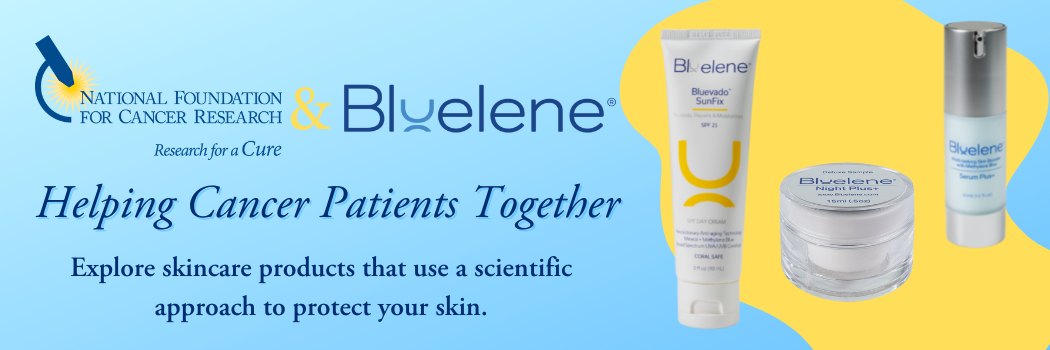5 Tips to Help Prevent Melanoma

Melanoma is the deadliest skin cancer as it could quickly spread to other organs and become an untreatable disease. New treatment options such as immunotherapy may help control some patients’ melanoma metastasis, but in most cases, metastatic melanoma still causes many death of patients each year.
Prevention is better than treatment.
The best way to keep skin cancers away is to prevent them from happening. To do that, people could take multiple actionable steps. The most crucial one is to avoid over-exposure to ultraviolet (UV) rays. Experts believe that 90% of all melanomas are caused by UV radiation from the sun or indoor tanning devices.
By following the five tips described below, you can easily practice the sun-safety measures to prevent over-exposure to UV rays while enjoying your outdoor activities during the summertime.
Tip 1: Seek Shade
Seek shade when appropriate, remembering that the UV rays are the strongest between 10 a.m. and 2 p.m.
Tip 2: Wear Sun-protective Clothing
Wear a lightweight and long-sleeved shirt, pants, a wide-brimmed hat, and sunglasses with UV protection when possible. For more effective protection, select clothing with an ultraviolet protection factor (UPF) number on the label and ensure it is tightly woven.
Tip 3: Apply Sunscreen
Apply a broad-spectrum, water-resistant sunscreen with an SPF of 30 or higher to all skin not covered by clothing. Remember to reapply every two hours or after swimming or sweating.
Tip 4: Avoid Indoor Tanning Salons
Research has shown that exposure to UV radiation from indoor tanning devices is associated with an increased risk of melanoma and non-melanoma skin cancers. Even one indoor tanning session can increase users’ risk of developing squamous cell carcinoma by 67% and basal cell carcinoma by 29%.
Tip 5: Examine Skin Regularly
An essential step in skin cancer prevention is regular screenings. Dermatologists can assess and recommend how often a person needs a skin exam based on each person’s risk factors. It is recommended that individuals with a family history of melanoma or other skin cancers should have a full-body exam at least once a year. Another beneficial habit is monthly skin self-exams to check for new or changing moles. Approximately half of the melanomas are self-detected.
According to the National Cancer Institute, the most common signs of skin cancer include the following skin changes:
- A new growth on the skin
- A sore that does not heal
- A change in an old growth
Skin cancer is the most commonly diagnosed cancer in the United States, but it is also a very preventable illness. By following these five tips and taking those steps described above, your risk of getting melanoma and other types of skin cancer could be significantly reduced.













